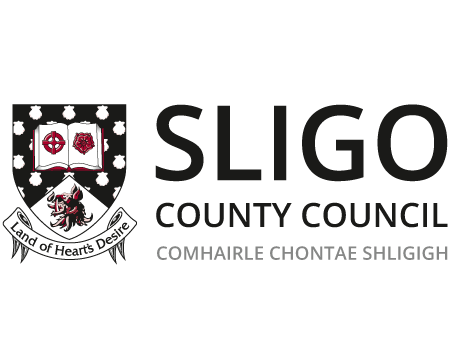Forestry
Sligo County Council policy in relation to forestry development within County Sligo is detailed in the current County Development Plan; Sligo County Development Plan 2017-2023. The importance of forestry development is recognized as set out in government policy, and acknowledges the potential for further afforestation in County Sligo. Forestry planting is largely outside the control of the Planning Authority. Initial forestation is classified as an exempted development under the Planning Regulations 2001 (as amended). An Environmental Impact Assessment is required only for a plantation exceeding 50 hectares. In accordance with development plan policy, coniferous forestry plantations are discouraged in water quality-sensitive areas, in designated Sensitive Rural Landscapes, Visually Vulnerable Areas and along Designated Scenic Routes. As a consultative body dealing with proposals for initial forestation and the associated licensing process administered by the Forest Service, Sligo County Council submits observations, where appropriate, particularly in cases when new plantation might affect visually vulnerable areas, sensitive rural landscapes, exceptional views available from designated scenic routes, or water quality.
The Department of Agriculture, Food and Marine has numerous responsibilities in relation to forest activity in Ireland. These are principally based on the Forestry Act 2014 and Forestry Regulations 2017 (S.I. 191 of 2017), which provide for the regulation of afforestation, forest road works, tree felling and aerial fertilization. The DAFM document, Environmental Requirements for Afforestation, released in December 2016, stipulates mandatory measures for all afforestation, whether grant aided or not. These requirements consolidate and update previous environmental guidelines and contain various additional safeguards regarding the protection of water, including enhanced water setbacks; the inclusion of native woodland plots along watercourses; consolidated safeguards regarding such site inputs as drainage, cultivation, fertilizer application and herbicide use.
Further information can be obtained from the Department of Agriculture, Food and Marine at www.agriculture.gov.ie which contains a link to the Forest Services.
Under the current national River Basin District Management Plan 2018-2021, forestry is listed as one of a number of significant pressures on water quality and specific actions are set out in the plan to address the issue including;
- Strengthened inter-agency co-operation structures; the DAFM will work with other stakeholders — with local authorities, in particular — to ensure the strategic deployment of forestry measures. Particular focus will be given to the protection of high-status-objective waters and to progressing the other priorities set out in the national plan.
- The DAFM and the EPA will continue to undertake forestry and water research to inform future forestry practices, so that they contribute to the protection and enhancement of water quality.
Principal Actions
- The DAFM will implement the forestry-related regulations, policies and requirements that are being realigned with national water policy.
- Coillte, which owns over half of Ireland’s forested lands, will continue to implement and refine its integrated Environmental Risk Assessment approach to its forestry operations.
- The DAFM will promote the uptake of the National Woodland Establishment Scheme and the Native Woodland Conservation Scheme, and will finalise and launch the Environmental Enhancement of Forests Scheme.
- With regard to the protection of Freshwater Pearl Mussel populations from forestry pressures, the DAFM will develop and implement the proposed Plan for Forestry and FMP in Ireland, and will continue its engagement with KerryLIFE, with a view to assessing and adopting appropriate measures for possible wider application.
- Through the strengthened inter-agency co-operation structures, the DAFM will work with other stakeholders — with local authorities, in particular — to ensure the strategic deployment of forestry measures. Particular focus will be given to the protection of high-status-objective waters and to progressing the other priorities set out in this RBMP.
- The DAFM and the EPA will continue to undertake forestry and water research to inform future forestry practices, so that they contribute to the protection and enhancement of water quality.

